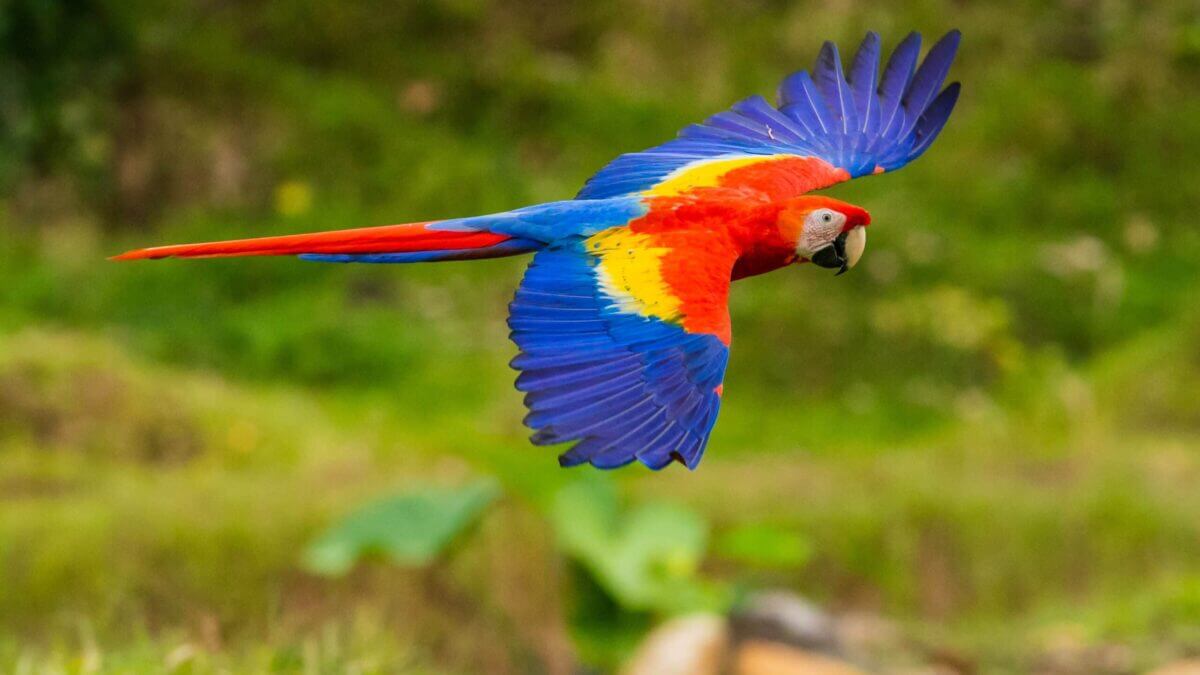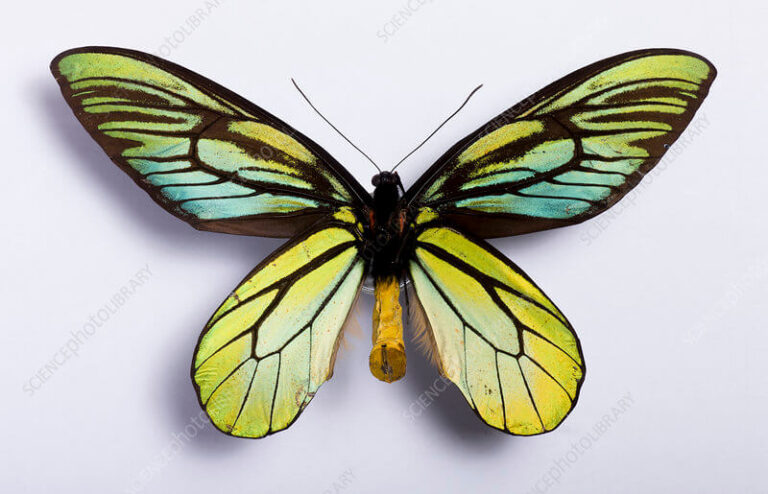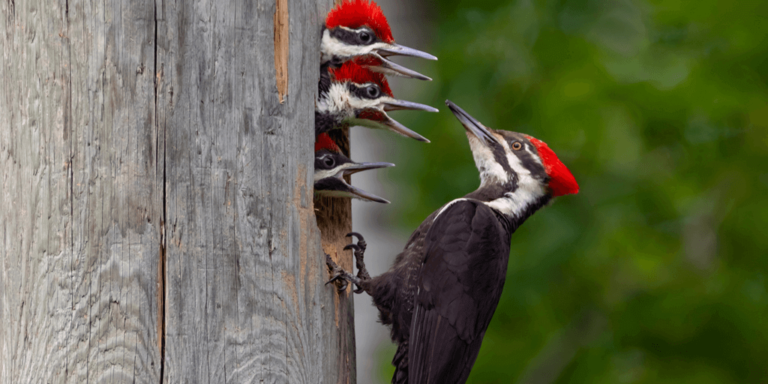Macaw: Classification, Behavior, Diet, and Conservation Insights
The Macaw is one of the parrot family’s most iconic and vibrant members, recognized for its brilliant plumage, intelligence, and strong bond with humans. Native to Central and South America, these birds have fascinated researchers and pet enthusiasts for centuries. This article delves deep into macaws, exploring their scientific classification, physical characteristics, habitat, behavior, diet, reproduction, predators, conservation status, etc.
Contents
Scientific Classification
- Kingdom: Animalia
- Phylum: Chordata
- Class: Aves
- Order: Psittaciformes
- Family: Psittacidae
- Subfamily: Arinae
- Genus: Ara, Anodorhynchus, Cyanopsitta, and Primolius
Macaws belong to the family Psittacidae, within which there are several genera. The most common are Ara and Anodorhynchus. Around 17 species have distinct characteristics and behaviours, including the Scarlet Macaw (Ara Macao) and Hyacinth Macaw (Anodorhynchus hyacinthinus).
Physical Characteristics

Macaws are known for their striking appearance:
- Size: Macaws range from the petite Hahn’s Macaw (30 cm) to the impressive Hyacinth Macaw (up to 100 cm long).
- Plumage: Their feathers are a kaleidoscope of vivid colors, from bright blues and greens to reds and yellows, making them one of the most visually captivating bird species.
- Beak: Their large, strong, curved beak is designed to crack open nuts and seeds.
- Feet: Zygodactyl feet (two toes facing forward and two backward) aid in gripping branches and manipulating food.
Macaws’ vibrant colors often serve as camouflage in their rainforest habitat, blending with the bright colors of flowers, fruits, and foliage.
Habitat
Macaws are primarily found in the tropical rainforests of Central and South America, from Mexico to northern Argentina. Some species also inhabit savannas and grasslands. These birds are typically arboreal, spending most of their time in the canopy of rainforests, where they feed, nest, and roost.
- Countries: Brazil, Venezuela, Colombia, Peru, Bolivia, and others.
- Specific habitats: Dense, moist, and tall forests, often near rivers and wetlands, where food is abundant and trees offer shelter.
Behavior

Macaws are social birds and live in flocks ranging from a few individuals to several dozen. Their behavior is marked by the following:
- Vocalization: Macaws are loud and communicate using a variety of squawks, screeches, and whistles. These sounds help them stay in contact with flock members in the dense forest.
- Intelligence: Macaws are brilliant and can solve problems, mimic human speech, and learn complex behaviors. This intelligence helps them in the wild to forage for food and avoid predators.
- Playfulness: They are curious and enjoy play, often seen engaging with objects in their environment, which in captivity translates into the need for plenty of mental stimulation.
Diet
Macaws have a specialized diet, primarily consisting of:
- Fruits: A wide variety of fruits, especially those in tropical regions.
- Nuts and Seeds: Their strong beak enables them to crack open hard-shelled nuts like Brazil nuts.
- Leaves and Flowers: They may supplement their diet with foliage and flowers.
- Clay: Some macaws visit “clay licks,” where they consume clay that helps neutralize toxins in their diet.
Macaws are foragers, often travelling long distances in search of food.
Reproduction
Macaws are monogamous, forming strong pair bonds that often last for life
. Their reproductive behavior is fascinating:
- Mating: Pairs are devoted, grooming each other and sharing food. They often engage in synchronized flights, which strengthens their bond.
- Nesting: Macaws typically nest in tree cavities or cliff faces. The female lays 1 to 4 eggs, which she incubates for about 24 to 28 days, while the male provides food and guards the nest.
- Chicks: After hatching, the chicks are altricial (born blind and featherless). They remain in the nest for up to three months, during which both parents care for and feed them. Juvenile macaws stay with their parents for several months, learning essential survival skills.
Predators
While adult macaws have few natural predators due to their size and strong beak, they still face threats in the wild:
- Jaguars and other large cats: These predators occasionally catch a macaw that ventures too close to the ground.
- Birds of prey: Eagles and hawks may target macaw chicks or juveniles.
- Humans: Illegal pet trade and habitat destruction threaten macaw populations.
Macaws rely on their sharp vision, swift flight, and loud calls to alert flock members of danger.
Conservation Status
Several macaw species are threatened or endangered, primarily due to habitat destruction, illegal poaching for the pet trade, and climate change. Key examples include:
- Hyacinth Macaw (Anodorhynchus hyacinthinus): Considered vulnerable due to habitat loss and illegal capture.
- Spix’s Macaw (Cyanopsitta spixii): Declared extinct in the wild in the early 2000s, but recent conservation efforts and breeding programs are trying to reintroduce the species to its natural habitat.
- Great Green Macaw (Ara ambiguus): Endangered due to deforestation in Central America.
Conservation programs focus on habitat preservation, breeding and reintroduction initiatives, and stricter enforcement of laws to combat illegal wildlife trade.
Evolutionary History
Macaws are part of the parrot family, with a long evolutionary history dating back around 50 million years. Fossils suggest that the ancestors of modern macaws evolved in the tropical forests of South America. Over time, they adapted to their environment by developing strong beaks, vibrant plumage, and complex social structures.
Their vibrant coloration is thought to have evolved as a form of communication and camouflage. The birds’ ability to mimic sounds likely developed to enhance social interaction within flocks.
Relationship with Humans
Macaws have a long-standing relationship with humans:
- Cultural Significance: Macaws hold cultural importance in many indigenous South American tribes, often symbolizing fertility, love, and beauty. They also appear in myths and artwork throughout Central and South America.
- Pets: Their intelligence, ability to mimic human speech, and striking appearance make macaws popular pets. However, due to the complexity of their care—requiring ample mental stimulation, space, and attention—macaws are best suited for experienced bird owners.
- Ecotourism: In regions like the Amazon and Costa Rica, macaws symbolize wildlife conservation and are a significant draw for eco-tourists.
Unfortunately, the illegal pet trade has devastated wild populations, leading to stricter regulations and conservation efforts to protect these magnificent birds.
Interesting Facts
- Lifespan: Macaws can live up to 50 years or more in captivity, with some individuals reaching 80 years.
- Flight: Despite their large size, macaws are strong fliers, capable of covering vast distances in search of food.
- Communication: Macaws can mimic human speech and sounds, a trait that has endeared them to people for centuries.
Conclusion
Macaws are remarkable birds, known for their intelligence, vivid colors, and strong social bonds. However, they face many challenges in the wild, including habitat destruction and illegal pet trade. Conservation efforts ensure that future generations can continue to marvel at these incredible creatures in the wild and captivity.
- Golden Retriever Pros and Cons: What Every Pet Parent Should Know - 15 September 2025
- Cane Corso Dog Breed: Health, Care, and Lifespan - 14 September 2025
- Catahoula Leopard Dogs: Description, Temperament, Lifespan, & Facts - 21 July 2025







